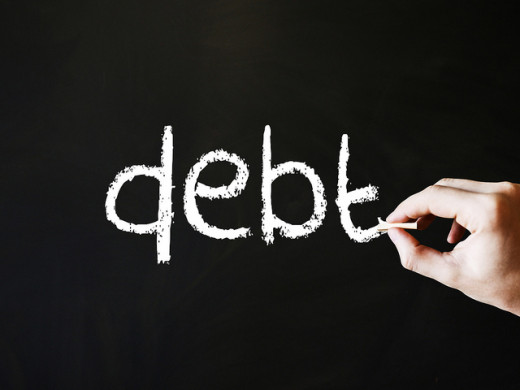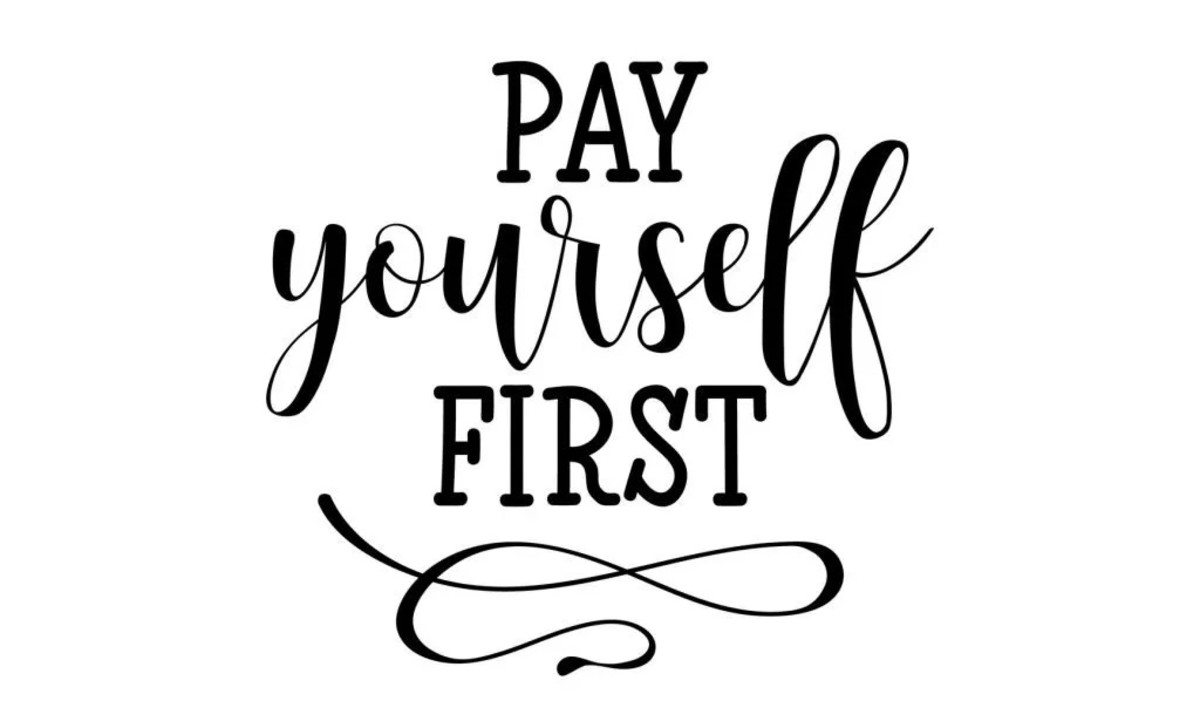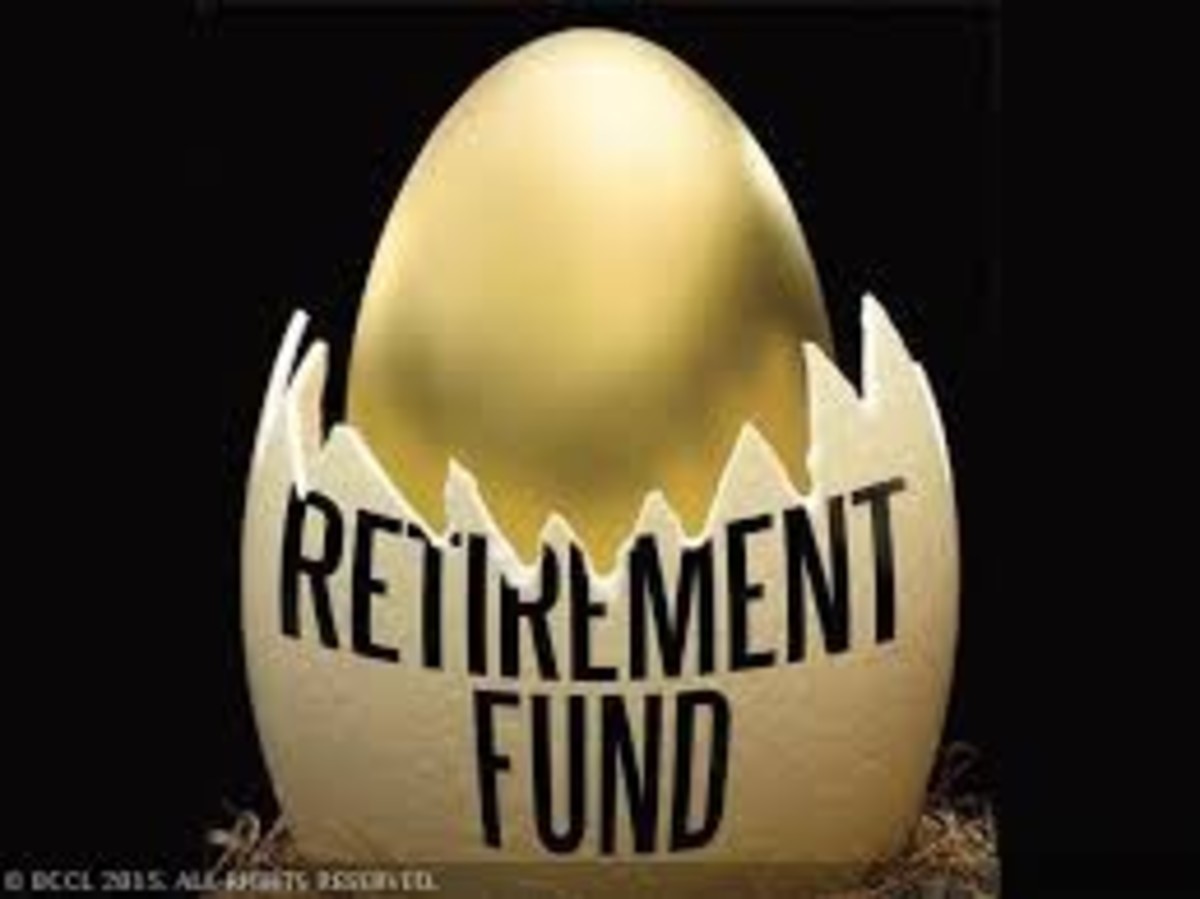Best Retirement Plans for Non-Planners
Secure Retirement Without a Ton of Planning
I didn't plan to retire in my 40s, and if asked, I'd judge myself to be "partially" retired even though I left the labor force behind a few years ago. In fact, my original plan called for me to retire somewhere between 50 and 55 years old, when I anticipated having at least $1 million in assets, a goal that I later abandoned.
I'm not independently wealthy. I'm not employed. And I'm not worried.
Want to know why?
Financial Calculators and Real Life
According to a variety of free online retirement calculators I have used over time, I needed to acquire just under a million bucks to retire at 52 while being able to continue the same lifestyle I already lived. Because I'd experimented with different calculators, I'd relied on the one linked here, which allowed me to adjust for inflation, life expectancy, and types of assets I'd acquired.
When using retirement calculators, those factors, as well as other things that are beyond our control, can affect our ability to continue our lifestyle after we leave the labor force. Other factors are trickier to figure, like the value of an life insurance policy if a spouse dies prematurely, layoffs that force us out of work for a prolonged period, or whether or not your home is paid off.
Even though I used a retirement calculator to set a basic goal, life intervened to remind me that the best laid plans can still go awry!
Out of Work, Out of Money
When the housing bubble burst and set off the worst recession in recent U.S. history, many people found themselves struggling. I was not one of them. I'd been well on my way toward reaching my goal. I had about $200,000 in mutual funds and owned five properties, all with good equity and rental income well above their carrying costs. My net worth was at approximately $650,000 at the time.
What happened? First, there was the divorce. Next, I relocated to another state, where my real estate skills were useful but without a sphere of influence or knowledge of the area, I faced a challenge. Third, the market's fluctuations saw my portfolio's value drop sharply.
Because it can take a while to get established in the real estate industry, I anticipated a long haul but felt reasonably prepared for it. Market conditions stayed dreary, and my savings were decimated as I tried to wait it out, even though I was not living extravagantly by any stretch of the imagination. My emotional state worsened and I became depressed, which took a toll on my motivation and energy levels.
Within two years, I found myself back at a net worth of about $40,000.
If this could happen to a driven, Type-A personality like me, I can only imagine what it must have been like for people who lost their jobs, had high consumer debt, and who hadn't been sharply focused on their retirement like I had been.

Do You Know the Difference Between Good Debt and Bad?
view quiz statistics
Have you read Rich Dad, Poor Dad?
Financial Safety Nets
Government programs may be available for people who have no savings whatsoever, but for those who have planned well, preserving assets during a major economic downturn can prove difficult or impossible if those assets don't produce enough income on their own to pay the bills.
Robert Kiyosaki's book, Rich Dad, Poor Dad had changed my attitudes toward money long before the recession hit, and it's his teachings that enabled me to survive. (If you haven't read it, it's one I've had to purchase four times now because my copies never get returned!)
Kiyosaki offered two tidbits I adopted for myself.
- Acquire good debts and avoid bad ones.
- Use money to acquire assets before paying the bills.
- Strive to build more portfolio and passive income than active income.
(For a thorough explanation of these ideas, check out his book.)
As a Realtor, I put these steps into action by acquiring undervalued rental properties. As a beginning investor, I also made a couple of serious mistakes that ultimately saw two properties I actually had built get repossessed during the season of my financial woes. (Most of the downward shift in my retirement assets resulted from mistakenly believing I should keep paying for an investment that proved to be a bad debt.) Although my methods weren't perfect, they kept me afloat and continue to be a sound safety net for retirement.

Retirement is Cash Flow + Portfolio Assets
Cash flow can take three forms:
- Income from investments like stocks, mutual funds, interest bearing accounts, or interest paid on notes where you've financed someone else's purchase is known as portfolio income.
- Passive income is money from other sources that aren't a direct exchange of money for your labor. Rental properties, pensions, disability pay, and social security are forms of passive income.
- Active income is a trade of money for labor, and is paid in the form of a paycheck.
Wealth is a combination of cash flow and portfolio assets. Equity in a property or business and actual cash value of things you own are examples of portfolio assets.
My portfolio and the income it produced was nearly gone. I had less than $50,000 left in it. I was worried about making my bills, but I knew I could put Kiyosaki's principles to work by acquiring another good asset that would pay those bills instead of letting my funds dwindle further.
I used $15,000 of it to buy a small foreclosure property with my new husband, who contributed the labor to make it tenant-ready. The cost of preparing it ran a few thousand more. When we married, I rented out my personal home and moved to his. Between the duplex I'd been renting for several years and the two newer properties, I had $2,500 a month gross income, about half of which paid the mortgages.
Rental income is a form of passive income, one of the two best types of income to have because it is taxed at a lower rate than what the government takes from hourly and salaried employees.
The properties I own will continue to produce income. Other people pay for me to own them - I haven't spent a dime of my own money on them after I acquired them, because the mortgage, insurances, taxes, and maintenance together all cost less than the rents they bring in. In time, their values will continue to increase as their equity increases. In other words, in five years, I'll owe less to the bank and will pocket the difference if I sell them.
I receive a small pension I inherited, plus disability pay from the Veterans Administration, two more forms of passive income that aren't likely to vanish during my lifetime. When my husband retires, his employer will pay him his retirement income plus a spousal retirement to me that's one-half the amount he receives. His retirement and my pension will suffer from inflation as time progresses, but rental income, social security, and disability pay will increase with inflation.
We have started to invest in a stock portfolio again, though it's unlikely to reach anything near a million dollars as my original financial calculations anticipated.
I left the labor force officially two years ago as a conscious choice. I supplement my income with freelance writing and other piece work, but my passive income is what supports me. If we face a major medical problem or my husband gets laid off, we are still at risk because his retirement pay wouldn't be in force and we'd have limited portfolio funds from which to draw.
The table below explains how different types of assets contribute to cash flow and wealth, the two cornerstones needed for retirement.
Types of Investment Income
Type of Asset
| Active Effort Required?
| Passive Cash Flow?
| Build Net Worth?
|
|---|---|---|---|
Paycheck
| Yes
| No
| No
|
Shares of Stock
| No
| Maybe
| Yes
|
Dividends
| No
| Yes
| Yes
|
Rental Income
| Maybe
| Yes
| Yes
|
Royalties / Online / Licensing
| Maybe
| Yes
| No
|
Mutual Funds
| No
| Maybe
| Yes
|
401k
| No
| No
| Yes
|
Working Later Doesn't Solve Retirement Woes
Why I'm Not Worried
In troubled times, people are ingenious about finding solutions to problems, and retirement is no exception. Even though I recognize this universal truth and believe I would be able to cope with whatever comes my way, I don't want to find myself in that position.
By rebuilding portfolio assets, continuing to find sources of passive income, and still maintaining ways to earn active pay, I hedge my bets against that scenario. Real estate happens to be my favorite method of earning passive income, but there are other ways.
- Profit-sharing
- Royalties
- Licenses you've sold to others, such as a patent
- Trust funds set up by others for you
- Business activities where you don't actively participate on an daily basis, but earn income, like being compensated for a post on the board of directors
- Rental income that don't necessarily involve real estate ownership, such as renting equipment to someone or letting them rent your truck for a week
Tips for Funding Retirement
1. Constantly be alert to opportunities to generate multiple streams of revenue or income that don't put you at unnecessary risk.
2. Always put aside a portion of all income for investing. While you may hold it temporarily in a savings account until you accrue enough to make a purchase, avoid letting funds languish in accounts that only grow when you put money in or get interest. Select money market accounts, mutual funds, or stocks that a trusted financial advisor helps you select.
3. Never use your investment funds for paying bills. Use them to acquire new assets that generate income to pay those obligations for you.
4. Remember that just about everyone can set aside at least $10 per week. Even an amount as low as $500 per year can help you grow a portfolio.
5. Similarly, round your mortgage payments and credit card payments up to an even dollar amount. I like using automatic deductions and rounding them to the next $50 increment, and sending extra whenever I find myself with extra cash on hand. This will save me about eight years of payments on one of my mortgages and three on another.
6. Avoiding renting property if you're able to buy and likely to stay in one area for at least five years. When you purchase, select a home that meets your needs for the next few years rather than buying a house that's the biggest you can afford.
When you think about retirement, do you plan to earn more income? Spend less? A combination of both? By focusing more on passive income and portfolio assets, you can put your retirement planning on autopilot and perhaps even get out of the rat race while you're still young enough to pursue other dreams - like I'm doing with freelance writing in an effort to generate an additional form of passive income.
Let me know what steps you're taking!









